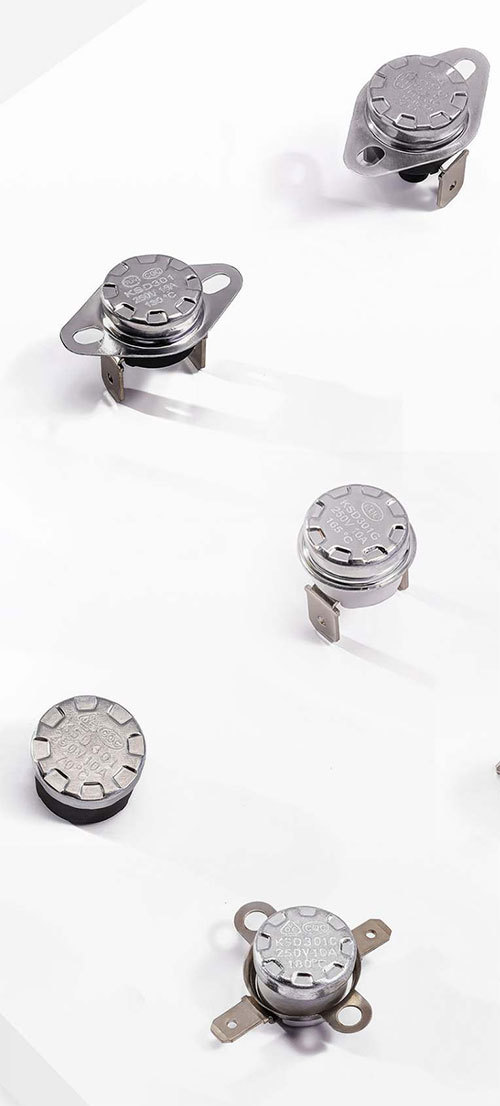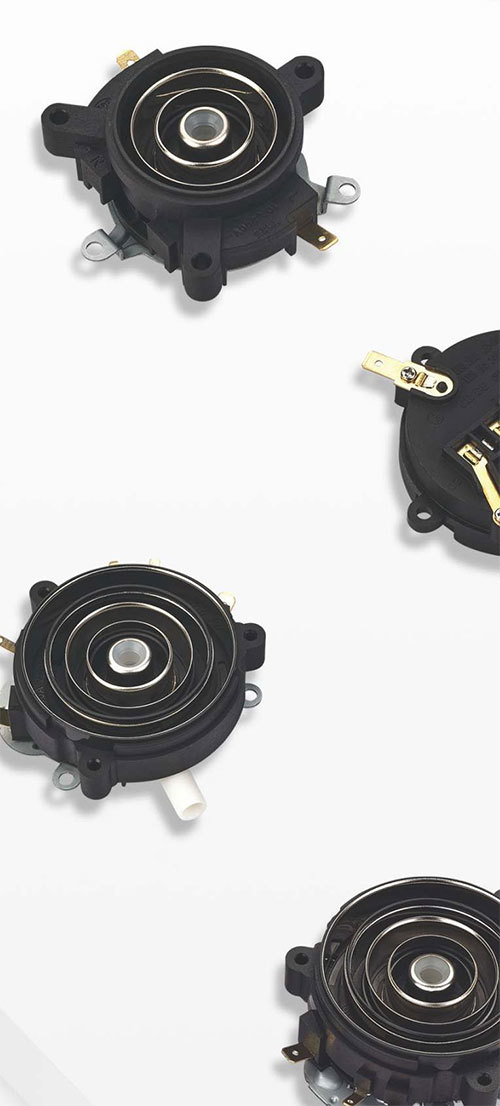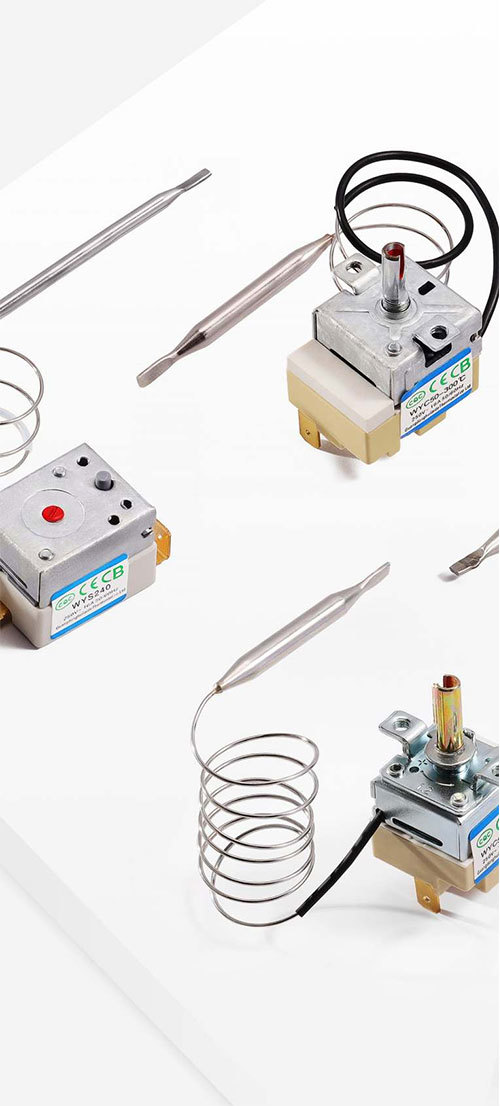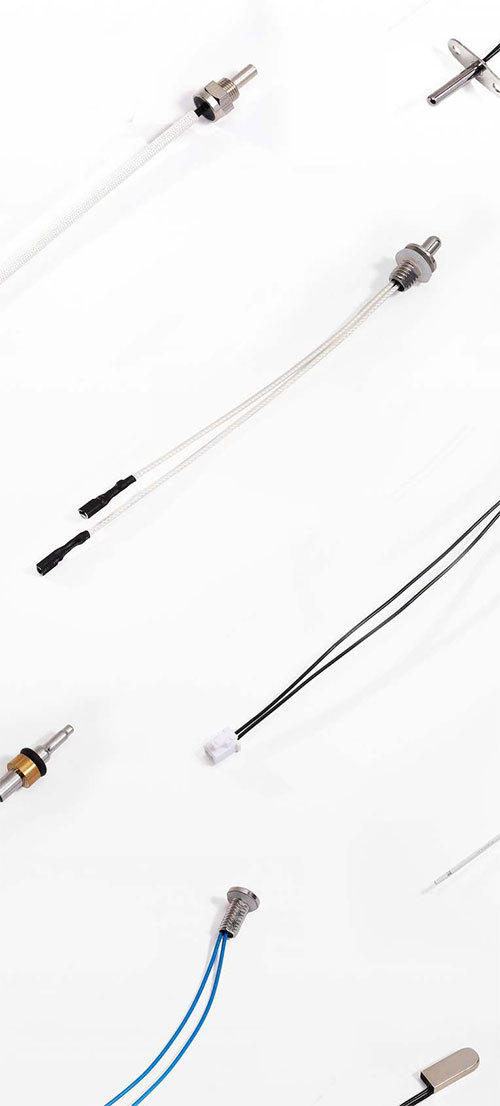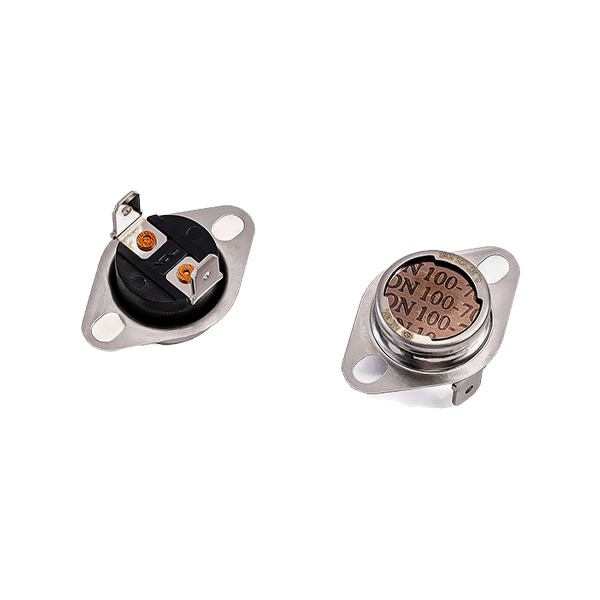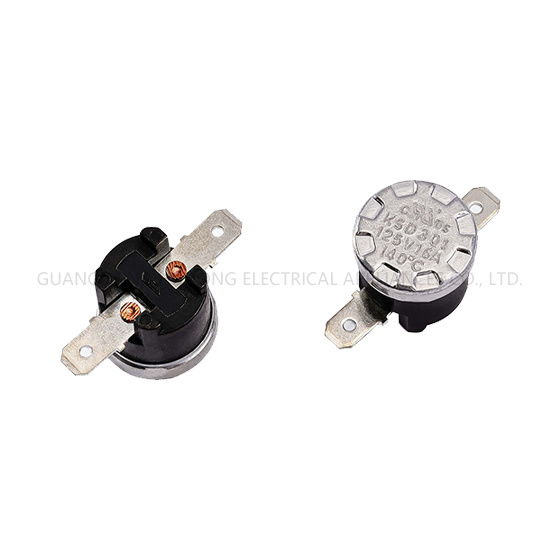Why Your Lab Needs a Bimetal Thermostat Switch for Precision Control
Classification: knowledge
Time:2025-05-31
Why Your Lab Needs a Bimetal Thermostat Switch for Precision Control
Table of Contents
- 1. Introduction to Bimetal Thermostat Switches
- 2. The Importance of Precision Control in Laboratories
- 3. How Bimetal Thermostat Switches Work
- 4. Benefits of Using Bimetal Thermostat Switches
- 5. Applications in Laboratory Settings
- 6. Installation Guidelines for Bimetal Thermostat Switches
- 7. Maintenance Tips for Optimal Performance
- 8. Frequently Asked Questions
- 9. Conclusion
1. Introduction to Bimetal Thermostat Switches
In the realm of laboratory equipment, precision control is paramount. A bimetal thermostat switch is a mechanical device that provides reliable temperature regulation, making it an essential component in various laboratory applications. These switches operate by utilizing the unique properties of two different metals bonded together, which expand and contract at different rates when exposed to temperature changes. This functionality is crucial for maintaining optimal conditions in experimental settings.
2. The Importance of Precision Control in Laboratories
Precision control in laboratories is vital for several reasons:
2.1 Enhancing Experiment Accuracy
Accurate temperature regulation ensures that experiments yield reproducible and reliable results. Any deviation in temperature can lead to fluctuations in chemical reactions, thereby affecting overall outcomes.
2.2 Ensuring Safety
Many laboratory processes involve hazardous materials that can become volatile under incorrect temperature conditions. A bimetal thermostat switch helps mitigate these risks by providing consistent monitoring and control.
2.3 Compliance with Standards
Laboratories often operate under strict regulatory standards. Using precise instruments like bimetal thermostat switches ensures compliance with industry regulations, which is crucial for certifications and audits.
3. How Bimetal Thermostat Switches Work
Bimetal thermostat switches function based on the principles of thermal expansion. The switch consists of two strips of different metals, typically bonded together. When the temperature changes, one metal expands more than the other, causing the strip to bend. This bending action either opens or closes a circuit, thereby controlling the heating or cooling mechanism in the laboratory equipment.
3.1 The Mechanism Explained
When the temperature exceeds a preset threshold, the bimetal strip bends to break the circuit, stopping the heating element. Conversely, if the temperature falls below a certain level, the circuit closes, reactivating the heating element. This on-off cycle maintains a consistent temperature, which is crucial for experimental accuracy.
4. Benefits of Using Bimetal Thermostat Switches
Adopting bimetal thermostat switches in your laboratory comes with numerous benefits:
4.1 Reliability and Durability
Bimetal thermostat switches are highly reliable due to their simple mechanical design. They have no electronic components that can fail, making them durable and long-lasting even in challenging laboratory environments.
4.2 Cost-Effectiveness
While many high-tech alternatives exist, bimetal thermostat switches are often more affordable and require less maintenance, providing a cost-effective solution for laboratories managing tight budgets.
4.3 Versatility
These switches can be used in a variety of applications, including incubators, water baths, and ovens, making them an adaptable choice for different laboratory needs.
4.4 Energy Efficiency
By maintaining optimal temperature settings, bimetal thermostat switches can contribute to energy savings, reducing the laboratory’s overall operational costs.
5. Applications in Laboratory Settings
Bimetal thermostat switches are widely used across various laboratory applications, including:
5.1 Incubators
In microbiology and cell culture labs, maintaining a stable temperature in incubators is crucial for the growth of cultures. Bimetal thermostat switches provide precise temperature control to ensure optimal growth conditions.
5.2 Water Baths
Water baths are commonly used for heating samples. A reliable bimetal thermostat switch ensures that the water temperature remains consistent, preventing overheating or underheating, which can compromise sample integrity.
5.3 Ovens and Drying Cabinets
For laboratories that require drying or heating processes, bimetal thermostat switches help maintain the desired temperature, ensuring uniform drying and preventing damage to sensitive materials.
6. Installation Guidelines for Bimetal Thermostat Switches
Installing a bimetal thermostat switch requires careful attention to ensure proper functionality. Here are the steps to follow:
6.1 Select the Right Location
Choose a location that allows for accurate temperature sensing and avoids direct exposure to heat sources or drafts that could skew readings.
6.2 Secure the Switch Properly
Ensure the switch is securely mounted to avoid any movement that could affect its calibration. Use appropriate mounting hardware as recommended by the manufacturer.
6.3 Connect Electrical Components
Carefully connect the wiring according to the manufacturer's instructions, ensuring all connections are tight and secure to prevent malfunctions.
6.4 Calibrate the Device
After installation, calibrating the bimetal thermostat switch is crucial. This process involves setting the desired temperature thresholds and verifying the accuracy of the readings against a reliable thermometer.
7. Maintenance Tips for Optimal Performance
To ensure your bimetal thermostat switch operates effectively, regular maintenance is essential:
7.1 Periodic Calibration
Regularly calibrate the thermostat switch to maintain accuracy. This should be done at least once every six months or more frequently if the switch is exposed to fluctuations in temperature.
7.2 Visual Inspections
Conduct monthly visual inspections for any signs of wear or damage. Check the mounting and electrical connections to ensure everything is secure.
7.3 Clean the Device
Excess dust or debris can hinder the performance of the thermostat switch. Clean the device gently with a soft cloth, avoiding any harsh chemicals that might damage its components.
7.4 Monitor Performance
Keep an eye on the performance of the switch. Any irregularities in temperature readings or operation should be addressed promptly to prevent failure.
8. Frequently Asked Questions
8.1 What is the lifespan of a bimetal thermostat switch?
Typically, a bimetal thermostat switch can last for several years, depending on usage and maintenance. Regular inspections can help prolong its lifespan.
8.2 Can I use a bimetal thermostat switch in extreme temperature conditions?
Bimetal thermostat switches can function in a range of temperatures, but check the manufacturer's specifications to ensure they are suitable for your specific application.
8.3 How do I know if my bimetal thermostat switch is malfunctioning?
Signs of a malfunction include inconsistent temperature readings, failure to turn on or off as expected, or physical damage to the device.
8.4 Are there any alternatives to bimetal thermostat switches?
Yes, alternatives include electronic thermostats and digital temperature controllers, but these may come with higher costs and more complex installation requirements.
8.5 Do I need professional help for installation?
While installation can often be performed by a skilled technician, complex systems or safety concerns may warrant professional assistance.
9. Conclusion
Incorporating a bimetal thermostat switch into your laboratory setup is essential for achieving precision control over temperature-sensitive processes. Their reliability, cost-effectiveness, and versatility make them ideal for various applications, from incubators to ovens. By ensuring accurate temperature regulation, these switches not only enhance the accuracy of experiments but also contribute to safety and compliance with industry standards. Regular maintenance and proper installation will ensure that your bimetal thermostat switch operates optimally, making it a valuable asset in your laboratory’s toolkit. Embrace the benefits of precision control today and elevate the performance of your laboratory operations.
Keyword: Why Your Lab Needs a Bimetal Thermostat Switch for Precision Control
RELATED INFORMATION
Understanding Bimetal Thermostat Switches: Essential Components for Laboratory Temperature Control
Bimetal thermostat switches are critical components in various applications, especially in laboratory settings where maintaining precise temperature is vital. These switches operate based on the principles of thermal expansion, utilizing two different metals bonded together. As the temperature changes, these metals expand at different rates, causing the bimetallic strip to bend. This bending actio
2025/06/05
Why Your Lab Needs a Bimetal Thermostat Switch for Precision Control
Why Your Lab Needs a Bimetal Thermostat Switch for Precision Control Table of Contents 1. Introduction to Bimetal Thermostat Switches 2. The Importance of Precision Control in Laboratories 3. How Bimetal Thermostat Switches Work 4. Benefits of Using Bimetal Thermostat Switches 5. Applications in Laboratory Settings 6. Installation Guidelines for Bimetal Thermostat Switches
2025/05/31


